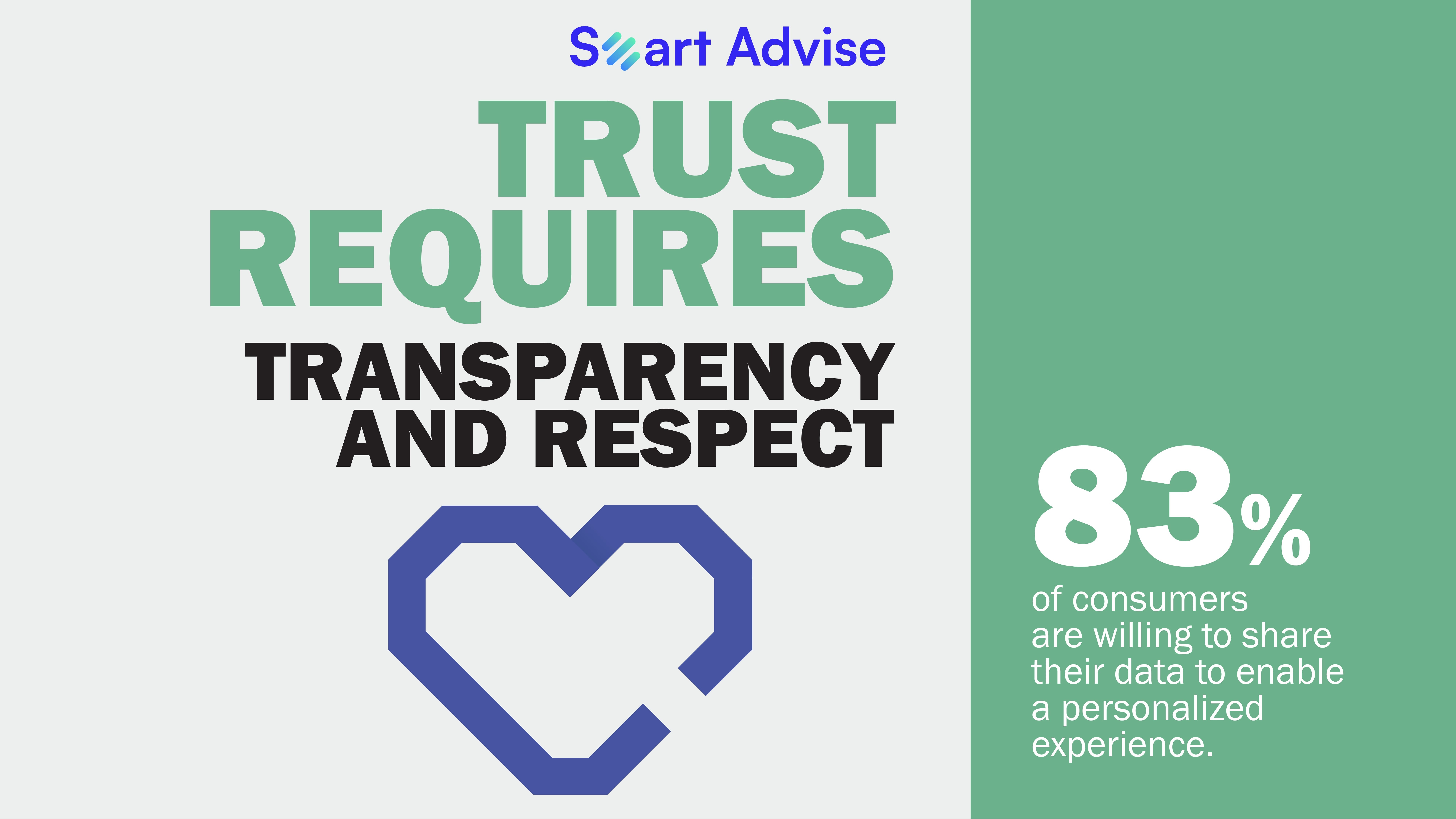
It’s hard to predict one’s choice, and when you attempt to create a product for hundreds of thousands of people, fitting it into their preference list becomes a monumental task. Creating a place for your brand on the buyer’s list involves various aspects of understanding consumer behavior. This involves doing market research, analyzing data, A/B testing in marketing campaigns, and many more. Ahead, we are going to discuss how you can understand and mark your presence on the consumer’s preference list in 2024, starting with…
Use AI and Predictive Analytics
In 2024, Artificial Intelligence (AI) and predictive analytics play a pivotal role in understanding consumer preferences. According to Statista, by the end of 2025, the global AI market is expected to reach $126 billion in the USA alone. The use of AI allows businesses to analyze vast amounts of data, providing insights into consumer behavior patterns and predicting future trends.
Work on Personalization Strategies
Personalization remains a key driver of consumer satisfaction. A study conducted by Accenture found that 91% of consumers are more likely to spend on a brand which provides them with relevant offers and recommendations. Implementing personalized marketing strategies, tailored product recommendations, and individualized shopping experiences will be essential for businesses looking to resonate with consumers in 2024.

Perform Sustainable Practices
Consumers are becoming increasingly environmentally conscious, and this trend is expected to grow in 2024. According to a report by Nielsen, 73% of global consumers say they would change their consumption habits to reduce their environmental impact. Businesses need to integrate sustainable practices into their operations, from sourcing materials to packaging and waste management, to align with consumer values.
Invest in Omnichannel Experiences
The line between online and offline shopping continues to blur, with consumers expecting a seamless transition between channels. According to a study by Deloitte, 76% of consumers engage in online shopping before visiting a physical store. Investing in omnichannel experiences ensures that businesses can cater to consumers who prefer a combination of online and offline interactions
Prioritize Social Commerce
The rise of social commerce is undeniable, with platforms like Instagram and Facebook becoming key players in the shopping journey. According to Mckinsey & Company, social commerce is projected to reach $2 trillion by 2025. Businesses need to invest in social commerce strategies, including shoppable posts and influencer collaborations, to tap into the purchasing power of socially engaged consumers.
Understand the Role of Reviews and User-Generated Content
Consumers heavily rely on reviews and user-generated content when making purchasing decisions. A survey by BrightLocal revealed that 87% of consumers read online reviews for local businesses. Understanding the impact of reviews and using user-generated content can build trust and credibility, influencing consumer preferences positively.
Look into Metaverse
As technology advances, the concept of the metaverse is gaining momentum. According to a report by Marketsandmarkets the global metaverse market was worth $83.9 billion and is expected to grow at the CAGR of 48% till 2030. Businesses should explore opportunities within the metaverse, whether through virtual events, virtual reality shopping experiences, or other innovative approaches, to connect with consumers in novel ways.
Acknowledge the Importance of Social Responsibility
Brands that reflect the ideals of their customers are becoming more popular. Science Direct found that 87% of consumers would purchase a product because a company advocated for an issue they cared about. Businesses need to communicate their social responsibility initiatives transparently, as this can significantly influence consumer preferences.
Stay Agile in Response to Cultural Shifts
Cultural shifts and societal changes have a direct impact on consumer preferences. According to Pew Research, the younger generation, especially Gen Z, is more racially and ethnically diverse. Businesses need to stay agile and adapt to changing cultural norms to resonate with diverse consumer groups and remain relevant in 2024.
Utilize Blockchain for Transparency
Transparency is a key factor in gaining consumer trust. Blockchain technology can be employed to provide transparency in the supply chain, ensuring the authenticity of products and ethical business practices. According to a report by MarketsandMarkets, the blockchain market size is expected to reach $94 billion by 2027. Using blockchain tech can enhance brand credibility and meet the demands of conscientious consumers.
In Conclusion,
Entrepreneurs in 2024 will need to be well-informed, flexible, and creative to survive the changing tastes of consumers. To successfully engage with customers, it is important to recognize the importance of social responsibility, sustainability, and AI. Businesses can succeed in any segment by understanding customer preferences, being adaptable, making technological investments, and adapting to cultural trends. Businesses may set themselves up for future success by following these 10 guidelines and focusing on their customers. For a deeper understanding of market trends in 2024, connect with us at Smart Advise.